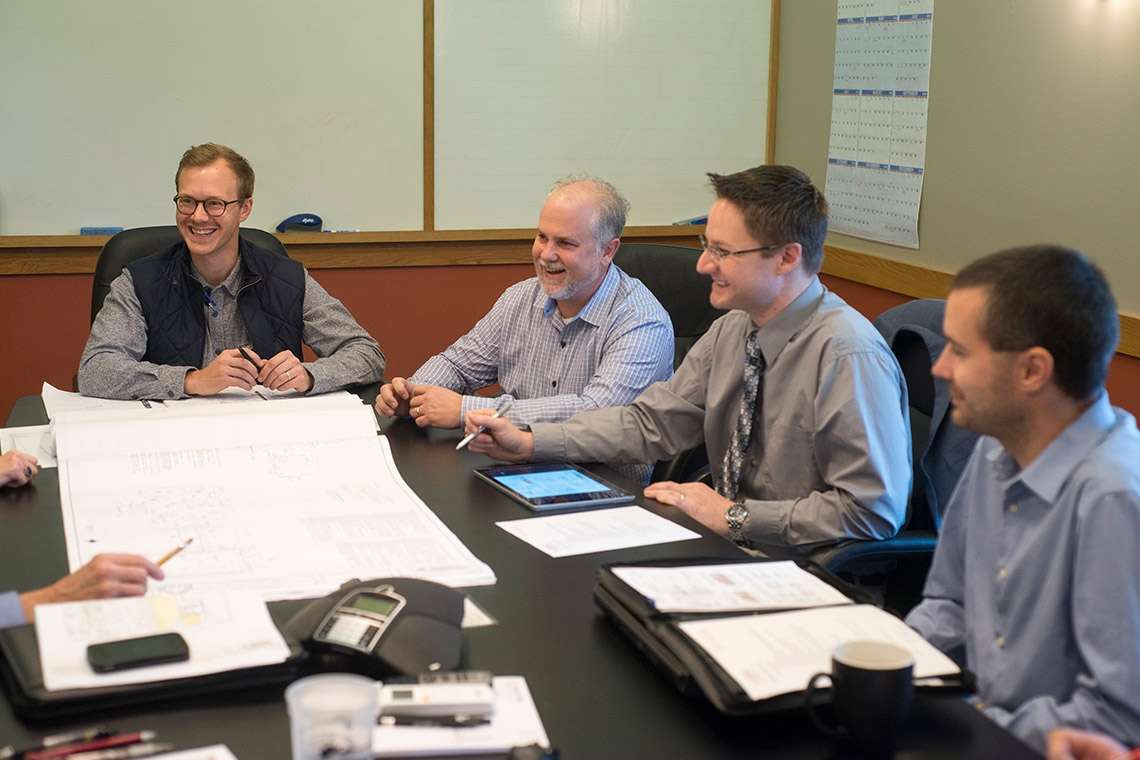 Project success depends on the team’s ability to understand how best to manage project information and create effective project design deliverables. Design teams are faced with increasing complexity of project requirements and decreasing timeframes to achieve them. The industry has shifted focus from design, build, and as-built drawings to a better system of information management that can be used beyond the certificate of occupancy. As the design professionals, Pickering Associates sees it as our duty to use the best tools to manage critical project information and achieve the project objectives.
Project success depends on the team’s ability to understand how best to manage project information and create effective project design deliverables. Design teams are faced with increasing complexity of project requirements and decreasing timeframes to achieve them. The industry has shifted focus from design, build, and as-built drawings to a better system of information management that can be used beyond the certificate of occupancy. As the design professionals, Pickering Associates sees it as our duty to use the best tools to manage critical project information and achieve the project objectives.
Leveraging design information for cost estimates, energy simulations, and evaluating design alternates empowers owners to optimize the project to the end-user’s requirements. From the designers’ perspective, Building Information Modeling allows the design team to record and manage more information to make better design decision. Visualization and data tools allow teams to rely on the software and complete model information instead of an individual’s varied mental pictures based on the latest drawings. Information that has not traditionally shown up on the drawings, or required searching several sources, can be accessed and documented for design purposes.
The design information is only one aspect of the project. Building Information Modeling has benefits for all of the major project stakeholders. From an owner’s perspective, Building Information Modeling is a database of information about the facility and the building systems within. Incorporating information relevant to operations and maintenance also allows owners to transition from construction to facilities management much smoother. This improves communication and coordination with the owner to make sure the latest model information matches the project requirements.
The added benefits of improving communication also apply between the designer and contractor, and between the contractor and sub-contractors. Adding schedule information to the model, means and methods components, and site logistics provides for increased safety awareness and troubleshooting installation issues before discovering them on site. Modeled components can also speed up the approval and fabrication processes, shortening startup times and reducing overhead costs.
The main hurdle to these benefits is education, as new tools are needed to move beyond the traditional expectations of project information. Pickering Associates and the BIM Group embrace the challenge with eagerness and will continue to educate our design teams, clients, and contractors on Building Information Modeling to benefit the project to the fullest.

